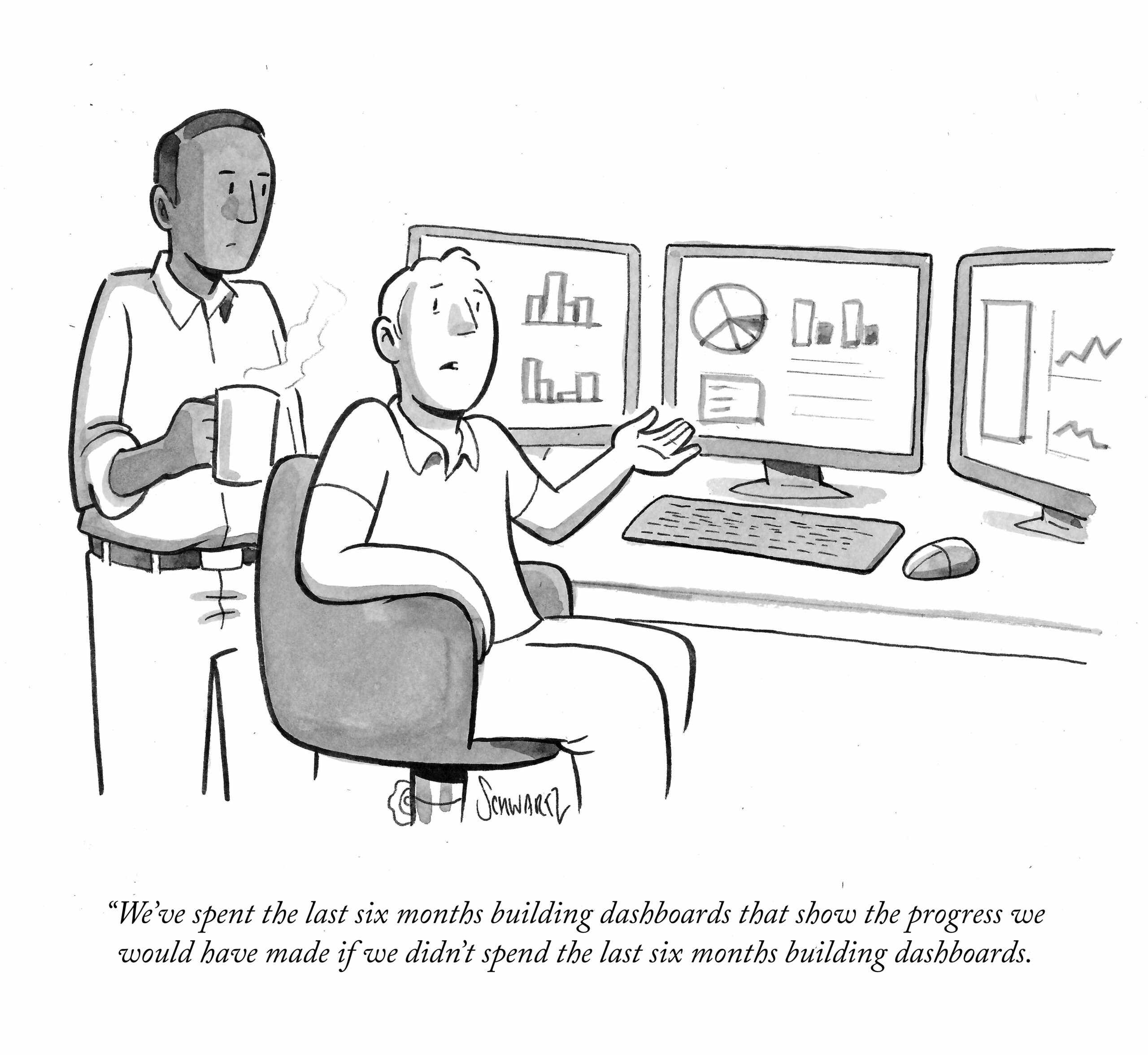Workplace trends
China’s high-stakes bet on innovation may not pay off
Chinese leader Xi Jinping’s ambitious goal of leading the world in global tech innovation has created an unbalanced economic landscape. While China’s export and factory sectors have seen significant growth, other areas of the economy are struggling, with slowing consumer spending, a depressed housing market, mounting local government debt, and demographic challenges from a rapidly aging population. As economic growth weakens, evidenced by a year-over-year GDP increase of 4.7% in the second quarter – down from 5.3% in the first – this lopsided economy has raised concerns that the leadership’s tech-centric approach may come at too high a cost.
Ignoring menopause comes with a high price
The pinnacle of a woman’s career often coincides with menopause, a years-long period of significant mental and physical changes. Despite its inevitability, a recent survey by health-tech company, Bonafide, revealed that 76% of women in the US reported no workplace accommodations for menopause. This is despite nearly half of the surveyed women stating that menopause has impacted their job performance, leaving them feeling helpless and unseen by their employers. Experts warn that failing to address these concerns could significantly impact a company’s bottom line, with a recent Mayo Clinic study estimating that menopause contributes to $1.8 billion annually in lost work time in the US alone. By neglecting the issue, companies are not just squandering human capital but undermining their success.
The AI corner
Robo-workers are AI’s answers to the labor crunch
AI-powered humanoid robots are emerging as a potential solution to the global labor shortage, with tech giants like Tesla, Microsoft, Amazon, and Nvidia investing billions in their development. According to the US Chamber of Commerce, this new wave of AI revolution comes at a critical time, as the U.S. alone has approximately 8.5 million unfilled jobs. The manufacturing sector has been particularly hard-hit, per Goldman Sachs, facing a current shortage of 500,000 workers. These modern robots are not just programmable machines, they’re increasingly capable of understanding complex instructions, adapting to new situations, and making autonomous decisions. Currently deployed primarily in warehouses for menial tasks, the vision for these humanoid robots extends to working alongside humans in office spaces and at home.
Universities are scrambling to remain relevant in the AI era
Historically, university research has been critical to the waves of tech innovation, but generative AI is changing the game. Private companies, armed with vast data resources and substantial funding, have taken the lead in AI research, developing groundbreaking models like GPT-4 and Google’s Gemini. This paradigm shift has left academic institutions scrambling to maintain their relevance and attract top talent to their computer science programs. In an attempt to stay competitive, universities are now adopting creative strategies like significantly increasing funding for computing resources and exploring collaborative sharing models. The University of Washington is even allowing academic researchers to simultaneously work in the private AI industry to gain access to superior resources, marking a significant shift from traditional academic restraints.
Maximizing team productivity from home
Do you trust your employees working from home to deliver at the same level they would from the office?
Whether your team is hybrid or fully remote, if you manage a team that clocks in from home at least part of the time, you’ve likely asked yourself this very question. And you wouldn’t be alone. Today, many companies with remote workers use some form of employee monitoring to track productivity levels and try and catch slackers or rule-breakers in the act. The use of electronic worker surveillance systems has become increasingly common, with 50% of larger companies implementing them in 2023, according to Gartner.
While there’s no legal issue with employers using tracking tools, too much monitoring can seriously backfire. In fact, according to Sage Journal, these tracking systems can actually lead workers to act out by taking more breaks, disregarding instructions, and purposely working at a slower pace. And a recent Glassdoor survey found that 41% of workers say they’re less productive when their work devices are tracked. Point being, when employees feel like they’re being monitored, it can actually harm productivity and defeat the very purpose of the monitoring.
So, how can you ensure your team is productive while still maintaining a sense of trust?
Address the issue head-on
Be open and transparent with your team members when it comes to this touchy subject. Acknowledge the fact that many employers across industries are concerned about employee productivity when working from home while emphasizing that you want your team members to feel trusted and respected. Make it clear that you’re not here to monitor or micromanage them and that your goal is to establish a collaborative partnership where open communication and honesty are embedded in your team dynamics.
Schedule recurring check-ins
When you work from home, it’s important to have weekly syncs with each of your direct reports to maintain a sense of connectedness, even from afar. Use this time to check in, find out how projects are going, and uncover where they may need your help or guidance. Globally, roughly 20% of employees report experiencing a lot of loneliness, per Gallup’s State of the Global Workplace: 2024 Report, so these recurring meetings can help you build more meaningful relationships with your team members, improve communication, and ensure they have the support they need.
Ask for weekly updates
Encourage your team members to send you a weekly message with updates on all the projects they’re working on. Doing so promotes accountability, grants you the visibility you need to feel confident things are moving forward, and enables you to effectively advocate for them. These updates don’t need to be super lengthy or detailed – a brief bullet point summary of their progress and any roadblocks they’re facing suffices. Since you don’t have the same level of day-to-day visibility you would in an office setting, emphasize that this is for their benefit so that you can acknowledge their achievements, vouch for them when relevant, and ensure they have the resources they need to succeed.
Be a present leader
According to a recent Achievers survey, three-quarters of workers say recognition would inspire them to be more productive. So, make sure you know what your team members are working on to ensure you can maximize engagement and efficiency through meaningful feedback, support, and recognition. Pay attention to exciting projects your employees are taking the lead on and the ways in which they navigate obstacles so that you can reach out when they do something great and spotlight their achievements in larger forums when relevant. Also, when managing a remote team, it can be helpful to check in here and there with other stakeholders who work closely with your team members to get a more well-rounded perspective.
Promote resource-sharing
Effective cross-team collaboration is crucial to ensuring there aren’t isolated pockets of information and that you’re maximizing everyone’s time, even from afar. So, use team meetings to get everyone on the same page, brainstorm solutions to roadblocks, and promote resource-sharing. Encouraging your employees to share best practices and learnings can be a real game-changer when casual coffee chats and pre-meeting small talk aren’t as feasible. When possible, try using a work management platform to make it easy to share resources, provide real-time status updates, and keep team members aligned on ownership and progress.
Prioritize results over timing
Remember that at the end of the day, what matters most isn’t how many hours your team members are glued to their work each day – it’s about the quality of the results they deliver. So, don’t get caught up in tracking their time or testing to see exactly when they’re available. If your team members are delivering excellent work on time, that’s a great sign, and it’s reason enough to trust them.
That said, if you start to feel like they’re not working full days at home, rather than penalizing them, try to find new opportunities to get them feeling excited, motivated, and challenged during their work days.
Water cooler chatter
The UK has become the first European country to approve lab-grown meat in pet food. The move is intended to address animal lovers’ increasing resistance to feeding their pets meat from slaughtered livestock as well as the environmental impact of traditional pet food production, which studies show is comparable to the total emissions of certain countries.
Disney’s internal Slack workplace channel has been leaked online. The leaked documents include discussions around studio technology, interview candidates, and ad campaigns. The hackers, an anonymous group called Nullbulge claim to not be motivated by profit, but rather by what they deem unjust business practices.
Question of the week
Last week’s answer: 27%
This week’s question: What percent of the global workforce is freelancers?
Just for laughs

Wasting time building dashboards
Don’t miss more quality content!

